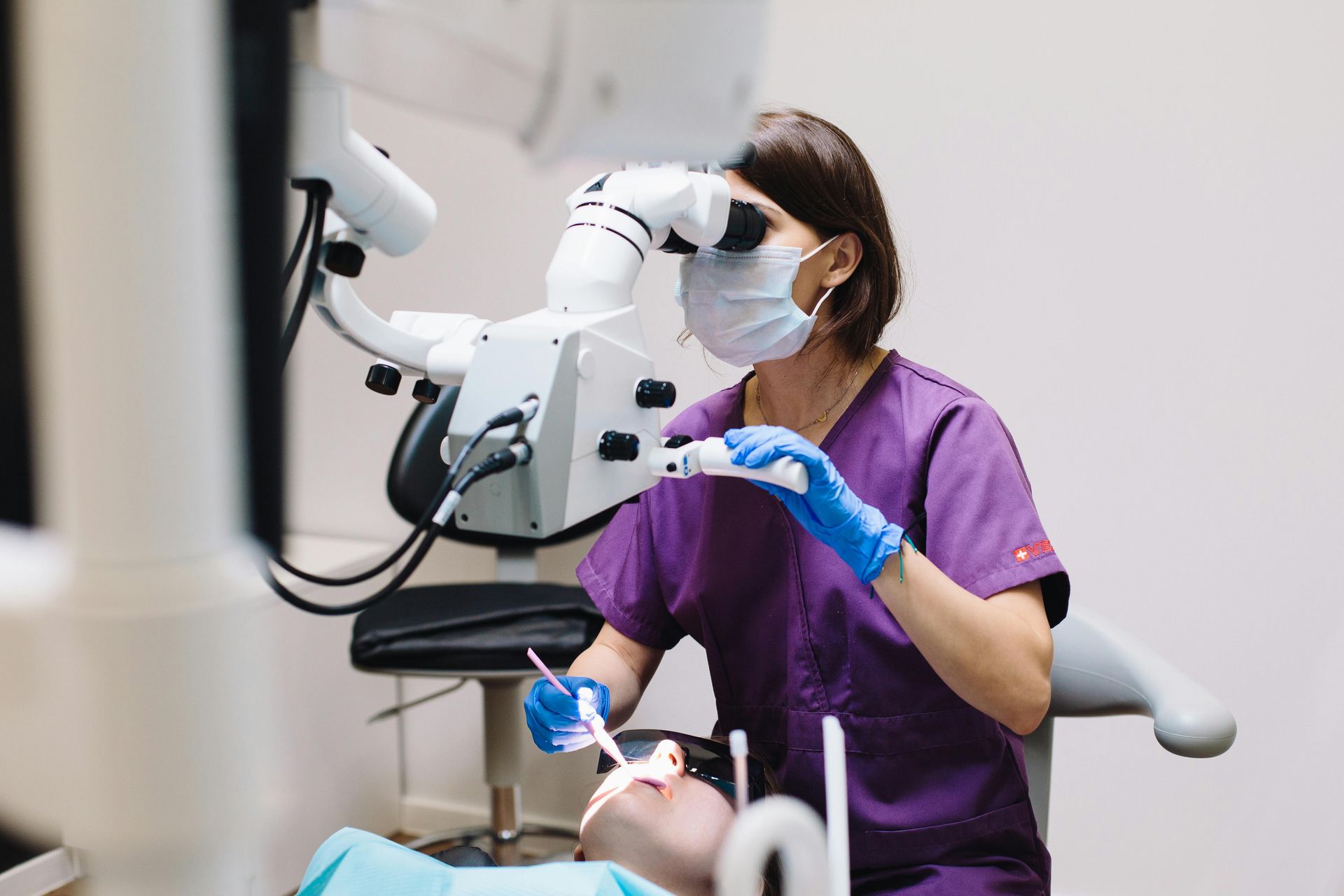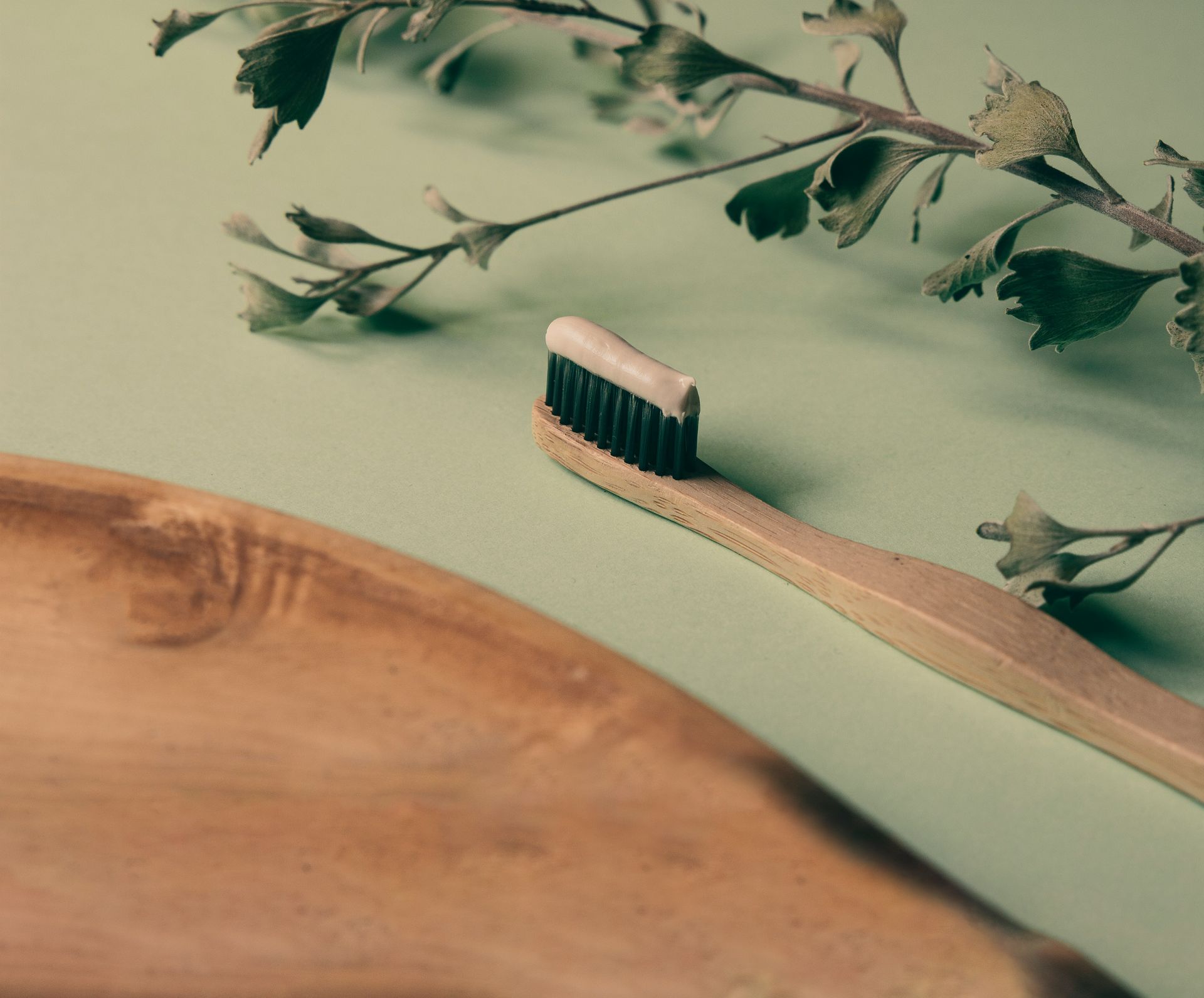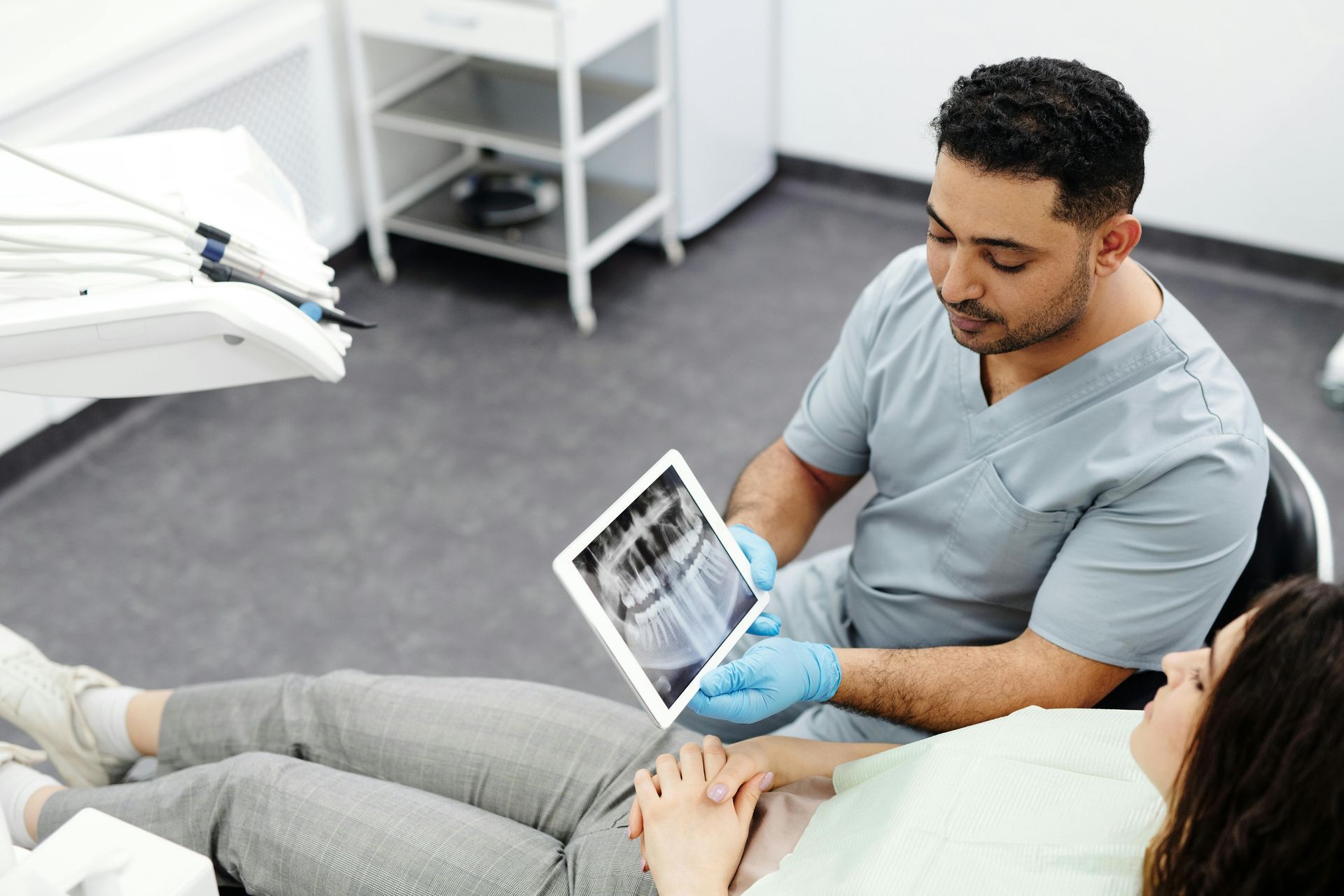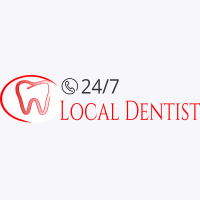Object Stuck Between Teeth
Welcome to 24/7 Local Dentist, your go-to for round-the-clock dental care. Whether it’s an emergency or a routine check-up, our skilled team is here for you day and night. At 24/7 Local Dentist, your smile is our priority.
Top Choice LOCAL DENTIST SERVICES
Are you a Candidate for Orthodontic Treatment?
If you have any of the following, you may be a candidate for orthodontic treatment:
Overbite, “buck teeth”
The upper front teeth lie too far forward over the lower teeth
Underbite
The lower teeth are too far forward or the upper teeth are too far back
Crossbite
The upper teeth do not come slightly in front of the lower teeth when biting together normally.
Open Bite
Space between the biting surfaces of the front and/or side teeth when the back teeth bite together.
Misplaced Midline
The center of your upper front teeth does not line up with the center of your lower front teeth.
Spacing
Gaps or spaces between the teeth as a result of missing teeth or teeth that do not “fill up” the mouth.
Crowding
There are too many teeth for the dental ridge to accommodate.


Dental care SOLUTION of Choice
Fixed Appliances vs Removable Appliances
Orthodontics use many different type of appliances to help move teeth, retain muscles and help the growth of the jaw. Depending on the severity of the problem, determines which appliances are used.
Fixed Appliances:
Fixed Space Maintainers
If a baby tooth is lost too early, a space maintainer is used to keep the space open until the permanent tooth grows. A band is attached to the tooth next to the empty space and a wire is extended to the tooth on the other side of the space.
Special Fixed Appliances
Used to control thumb sucking or tongue thrusting. These appliances are attached to the teeth by bands. Because they are uncomfortable during meals, they should only be used as a last resort.
Braces
The most common fixed appliance. Consists of bands, wires and/or brackets. Bands are fixed around the teeth and used as anchors for the appliance, while brackets are most often bonded to the front of the teeth. Arch wires are passed through the brackets and attached to the bands. Tightening the arch wire puts tension on the teeth, gradually moving them into the proper position.
Removable Appliances:
Aligners
An alternative to traditional braces for adults. These are used to move teeth in the same way that fixed appliances work, only without metal wires and brackets. Aligners are invisible and are removed for eating, brushing and flossing.
Removable space Maintainers
These appliances function the same as the fixed space maintainers. These are made with an acrylic base that fits over the jaw and have plastic or wire branches between specific teeth to keep the space between them open.
Jaw Repositioning Appliances
Also called splints, these appliances are worn on either the top or lower jaw and help to train the jaw to close in a more favorable position.
Lip and Cheek Bumpers
Designed to keep the lips and cheeks away from the teeth.
Palatal Expander
Used to widen the arch of the upper jaw. It’s a plastic plate that fits over the roof of the mouth. Outward pressure appliance to the plate by screws force the joints in the bones of the palate to open lengthwise, widening the palatal area.
Removable Retainers
Worn on the roof of the mouth, these appliances prevent shifting of the teeth to their previous position.
Headgear
a strap is placed around the back of the head and attached to a metal wire in front. Headgear slows the growth of the upper jaw and it holds the back teeth where they are while the front teeth are pulled back.
Premier DENTAL CARE Services
Types of Braces
Metal Braces/Traditional:
Metal brackets and wires used to move the teeth into the desired position. Modern day braces are now, smaller and less noticeable. Also, new heat-activated arch wires use your body heat to help your teeth move more quickly and less painfully than in the past.
Ceramic Braces:
Are the same size and shape as metal braces, except they have tooth-colored or clear brackets that blend in to the teeth.
Lingual Braces:
Are the same as traditional metal braces, except that the brackets and wires are placed on the inside of the teeth.
Invisalign:
Consists of a series of 18 to 30 custom made, mouth guard like plastic aligners. The aligners are removable and are replaced every 2 weeks.


Dental care SOLUTION of Choice
Cost of Treatment
Generally, dental insurance providers do not pay for orthodontic treatment for people over the age of 18, but do partially cover children under the age of 18. You can also buy supplemental orthodontic insurance. Ranges of cost typically vary:
Metal Braces: $3,000-$7,000
Ceramic Braces: $4,000-$8,000
Lingual Braces: $8,000-$10,000
Invisalign: $4,000-$7,000
Plan Ahead
An early checkup with an orthodontist will help you to know what is coming so you can budget in advance. Orthodontists suggest that by age 7, a child be seen to determine if braces or another orthodontic treatment will be necessary in the future.
Schedule Your Dental Care Service
Ready to experience exceptional dental care? Scheduling an appointment with 24/7 Local Dentist is straightforward and convenient. We offer comprehensive solutions for routine check-ups, emergency treatments, and everything in between, ensuring your oral health is in expert hands.
